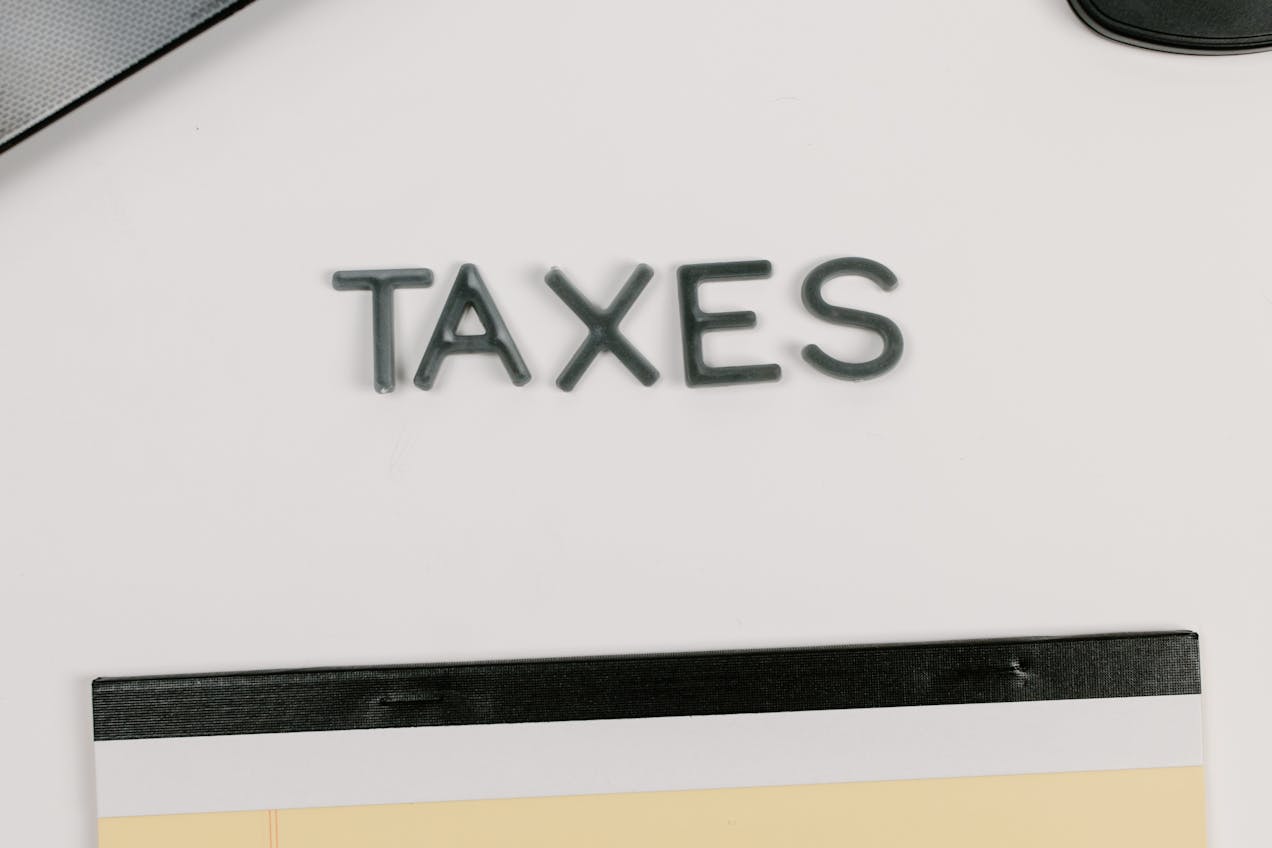
Introduction
Retirement may be the finish line for your career, but it’s also the starting line for a new phase of tax planning. The years leading up to retirement offer some of the best opportunities to reduce your lifetime tax burden, maximize your savings, and avoid costly mistakes.
This guide outlines smart, IRS-compliant tax strategies to implement before you retire—covering Roth conversions, capital gains planning, Social Security timing, healthcare, and RMD readiness—so you can retire with confidence and keep more of what you’ve earned.
Take Advantage of Lower Tax Brackets Before Retirement
1.1. Strategic Roth Conversions (IRC § 408A, Form 8606)
- Convert Traditional IRA/401(k) funds to a Roth IRA during low-income years (typically after you stop working but before RMDs or Social Security kick in).
- Pay taxes at a lower rate now and enjoy tax-free withdrawals in retirement.
- Report using Form 8606.
Example:
You retire at age 60 with little taxable income. You convert $40,000 to a Roth IRA in the 12% tax bracket, avoiding higher taxes in later years.
1.2. Harvest Long-Term Capital Gains at 0% Rate
- If your income is under $94,050 (MFJ) or $47,025 (Single), you may qualify for 0% long-term capital gains tax.
- Sell appreciated stocks tax-free while in this lower bracket.
Plan for Required Minimum Distributions (RMDs)
- RMDs begin at age 73 in 2025.
- Estimate your future RMD amounts now to avoid tax bracket creep later.
- Consider Qualified Charitable Distributions (QCDs) or partial Roth conversions to lower your Traditional IRA balance.
Tools to Use:
- IRS Uniform Lifetime Table
- Form 5329 for RMD penalty waivers (if needed)
- Optimize Social Security Timing (IRC § 86)
- Claiming Social Security early (at age 62) may reduce your monthly benefit by up to 30%.
- Waiting until age 70 maximizes your monthly payment.
- Delaying benefits can also reduce taxable income in early retirement, giving you room for Roth conversions or capital gains harvesting.
Example:
Delaying benefits allows you to convert $50,000/year to a Roth IRA tax-efficiently between age 62–70.
Use the Standard Deduction and Deductions for Seniors
- 2025 Standard Deduction (Projected):
- Single: $14,600
- Married Filing Jointly: $29,200
- Additional: $1,950 (Single) or $1,550 each (MFJ) if age 65+
Use standard deduction wisely to reduce taxable income in low-income years.
Maximize HSA Contributions While You’re Still Working
- Health Savings Accounts (HSAs) offer triple tax benefits:
- Contributions are tax-deductible
- Growth is tax-free
- Withdrawals for qualified medical expenses are tax-free
- 2025 Contribution Limits (Projected):
- Individual: $4,150
- Family: $8,300
- Catch-up (55+): $1,000
Note: You must stop contributing to an HSA once you enroll in Medicare.
Pay Off High-Tax Debt
- Eliminate high-interest debts like credit cards, personal loans, and taxable margin loans.
- Interest on these debts is not tax-deductible and can strain cash flow in retirement.
Review Investment Allocation for Tax Efficiency
- Hold tax-inefficient assets (e.g., bonds, REITs) in tax-deferred accounts
- Hold tax-efficient assets (e.g., ETFs, index funds) in taxable brokerage accounts
- Consider asset location strategies to minimize taxable distributions in retirement
Consolidate Retirement Accounts
- Roll over old 401(k)s to a Traditional IRA to simplify RMD tracking and reduce fees
- Consider consolidating Roth accounts if you’ve had multiple over time
- File Form 1099-R for rollovers, and ensure correct reporting on Form 1040
Check Beneficiary Designations and Estate Plan
- Ensure IRA and 401(k) beneficiary forms are up to date
- Review wills, trusts, and powers of attorney
- Consider setting up a Revocable Living Trust or Charitable Remainder Trust to reduce estate tax exposure
Start Estimating Retirement Expenses & Tax Impact
- Include:
- RMDs
- Social Security
- Capital gains
- Medicare premiums (based on income)
- Create tax projections for the next 5–10 years to identify tax-saving opportunities
Conclusion
By implementing these smart tax moves before you retire, you can significantly lower your tax burden during retirement, avoid RMD surprises, and protect more of your nest egg. The years leading up to retirement are your tax planning sweet spot—use them wisely.
To design a personalized pre-retirement tax plan, schedule a consultation with Anshul Goyal, CPA EA FCA. Book an appointment here:
About Our CPA
Anshul Goyal, CPA EA FCA is a licensed Certified Public Accountant in the U.S., an Enrolled Agent (EA) admitted to practice before the IRS, and a cross-border tax expert. He helps U.S. citizens and Indian expatriates navigate pre-retirement tax strategies, Roth conversions, Social Security planning, and investment tax efficiency.
Frequently Asked Questions (FAQs)
1. When should I start doing Roth conversions?
Ideally in years when your income is lower than usual, especially before RMDs and Social Security begin.
2. Can I pay zero taxes in retirement?
Yes, with smart use of Roth IRAs, capital gains harvesting, and standard deduction planning, it’s possible to pay little or no tax.
3. What’s the benefit of delaying Social Security?
Delaying increases your monthly benefit and gives you tax planning flexibility in your early retirement years.
4. How can I lower RMDs in retirement?
Use Roth conversions and Qualified Charitable Distributions (QCDs) to reduce future RMD amounts.
5. Should I contribute to an HSA before retiring?
Yes. HSAs are one of the most tax-advantaged accounts, especially if used for medical expenses in retirement.
